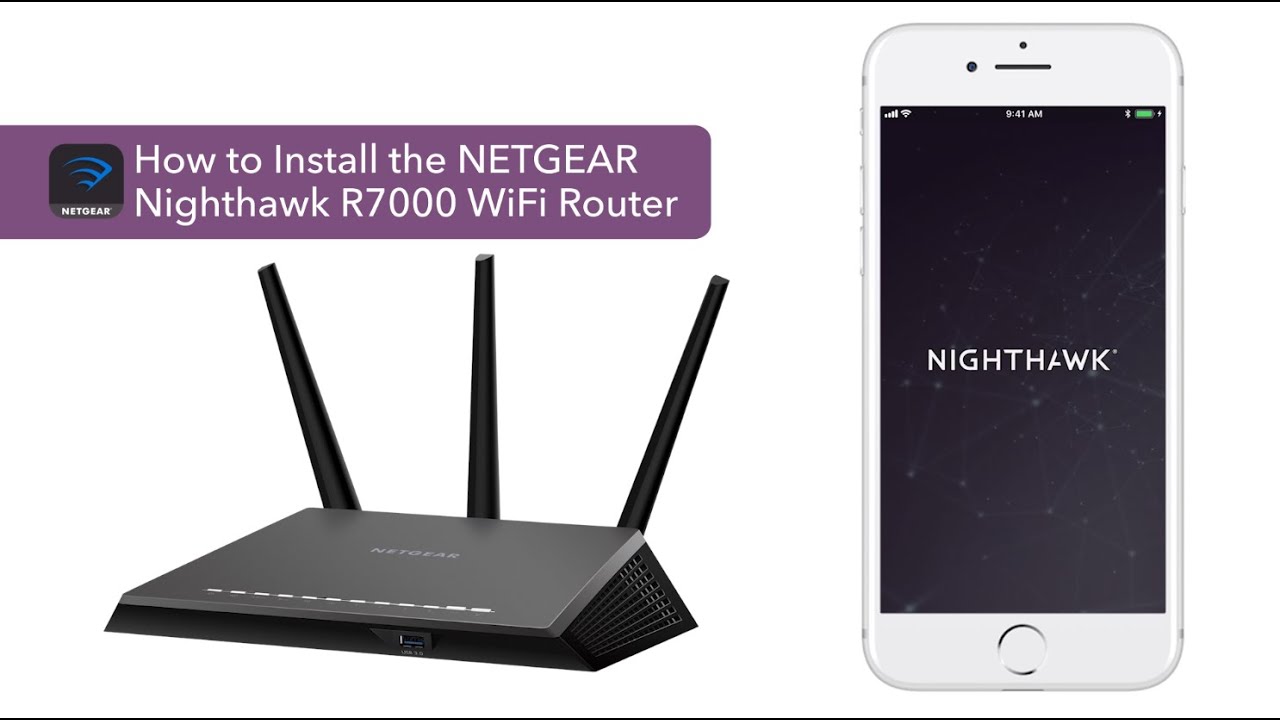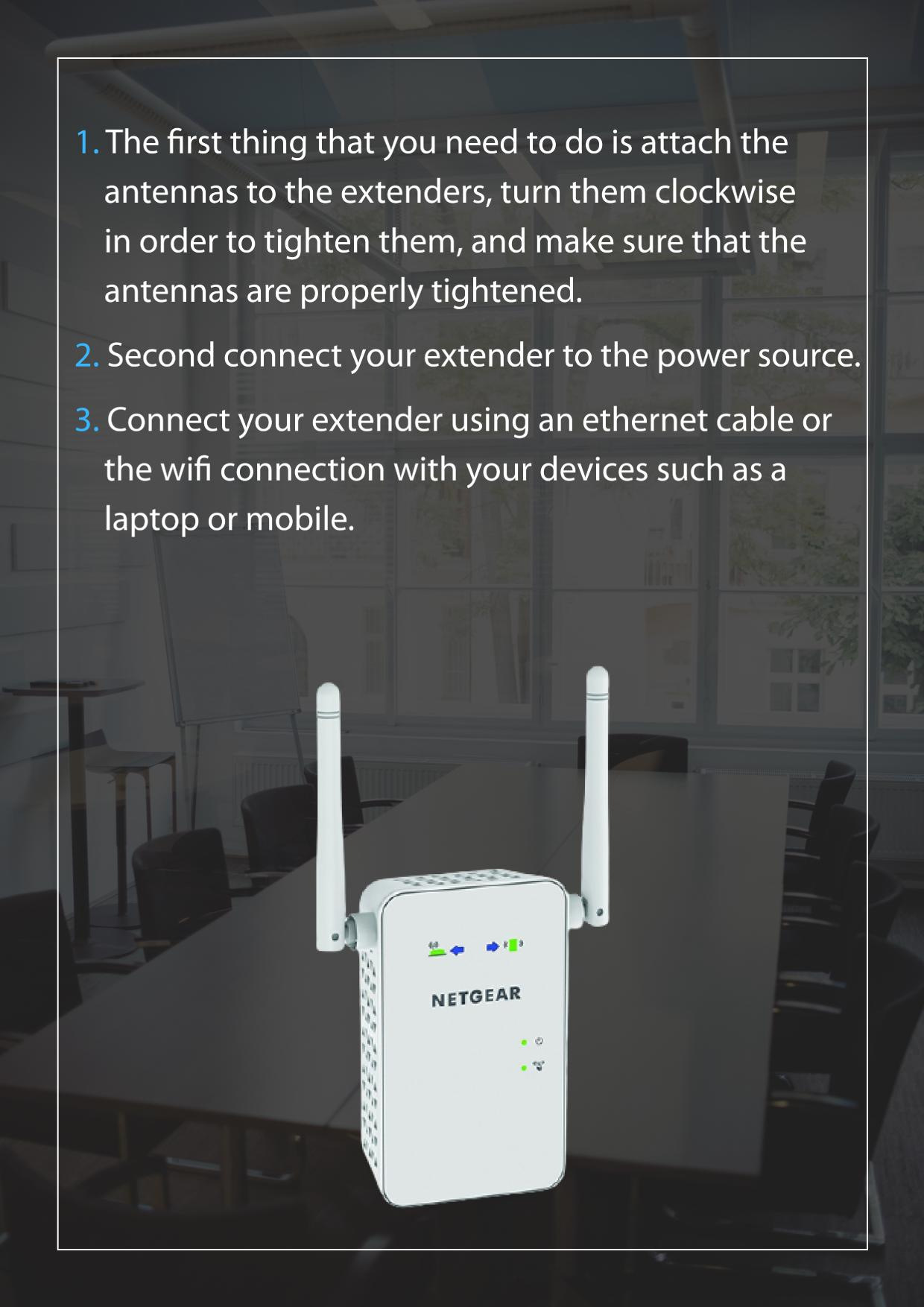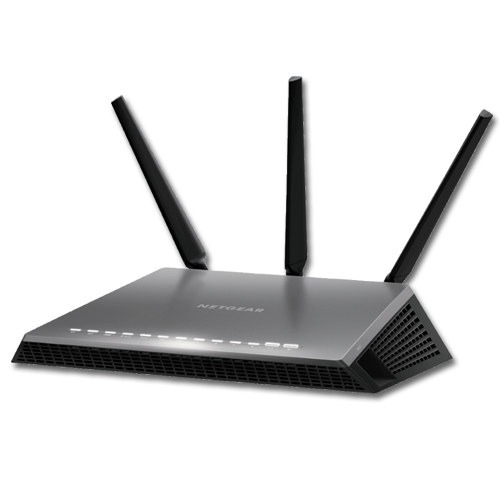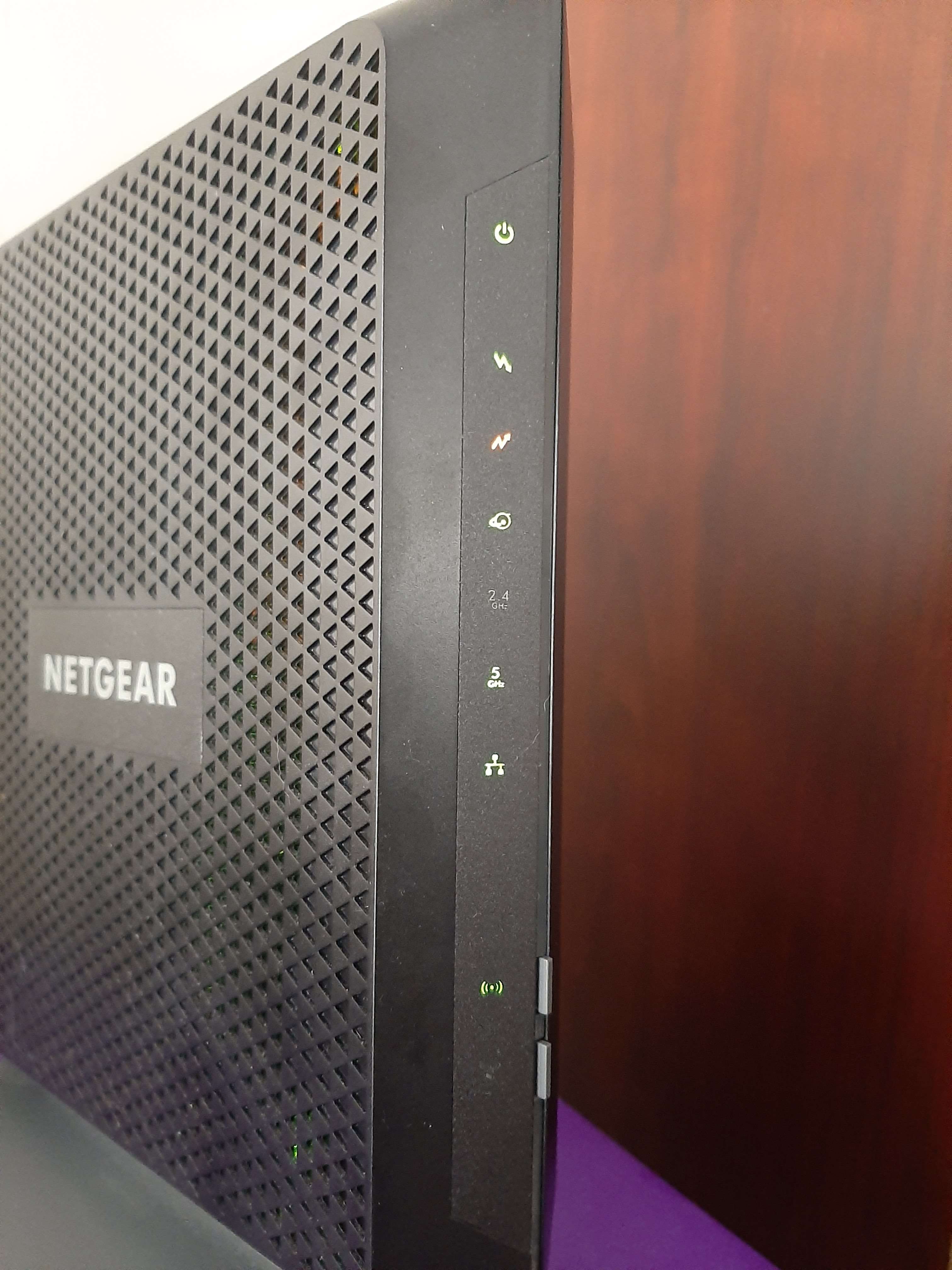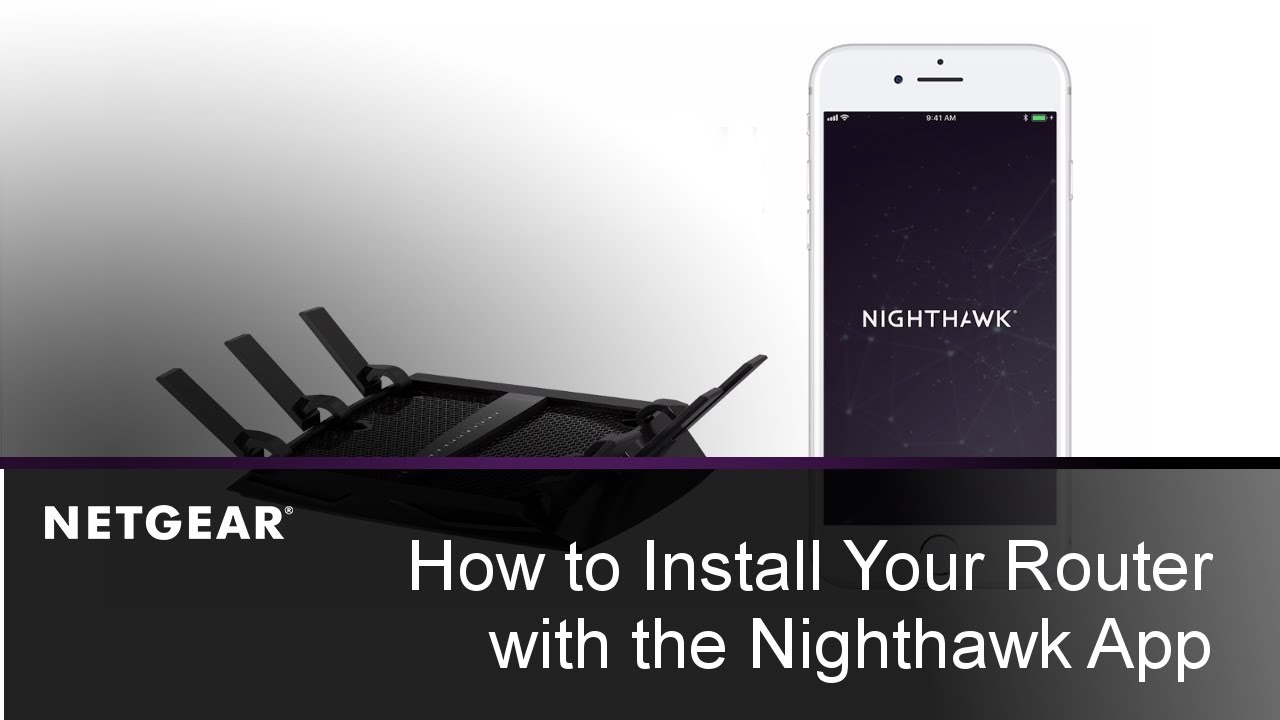Netgear Nighthawk Ac1900 Troubleshooting

The Netgear Nighthawk AC1900, a popular choice for home and small office networking, isn't immune to its share of technical difficulties. Many users have reported experiencing intermittent connectivity, slow speeds, and difficulty accessing the router's configuration interface.
These issues can be frustrating, especially for those relying on a stable internet connection for work, streaming, or online gaming. Solving these problems often requires a methodical approach to troubleshooting.
This article delves into common problems encountered with the AC1900, providing practical solutions and expert insights to help users restore optimal performance.
Understanding the Common Culprits
The "nut graf" of the issue lies in a combination of factors. These include outdated firmware, interference from other devices, incorrect configuration settings, and even hardware limitations. Understanding these potential culprits is the first step toward effective troubleshooting.
Firmware Issues
Outdated firmware is a frequent cause of router malfunctions. Netgear regularly releases firmware updates to address bugs, improve performance, and enhance security.
Failing to update the firmware can leave the router vulnerable to known issues and negatively impact its functionality. Regularly checking for and installing updates is crucial.
To update, access the router's web interface, usually through a browser by typing the router's IP address (often 192.168.1.1 or 192.168.0.1). Then, navigate to the firmware update section and follow the on-screen instructions.
Interference and Placement
Wireless interference can significantly degrade Wi-Fi performance. Common sources of interference include other Wi-Fi networks, Bluetooth devices, microwave ovens, and even cordless phones.
Physical obstructions like walls and furniture can also weaken the Wi-Fi signal. Strategic placement of the router is essential.
Experiment with different locations, keeping the router away from potential sources of interference and in an open area. Consider using a Wi-Fi analyzer app on your smartphone to identify the least congested channels in your area.
Configuration Errors
Incorrect configuration settings can lead to various problems. This can range from improperly configured Quality of Service (QoS) settings to conflicting IP address assignments.
Resetting the router to its factory default settings can often resolve these issues. This will erase all custom configurations, so be sure to record any important settings before proceeding.
After the reset, reconfigure the router with the correct settings, paying close attention to the wireless security options and any specific requirements of your internet service provider.
Hardware Limitations and Overheating
Like any electronic device, the AC1900 has hardware limitations. Overloading the router with too many connected devices or demanding applications can strain its resources.
Overheating can also cause performance issues and even damage the router. Ensure the router has adequate ventilation and is not placed in a confined space.
Consider upgrading to a more powerful router if you consistently experience performance problems due to hardware limitations. Monitor the router’s temperature if you suspect overheating is a contributing factor.
Advanced Troubleshooting Techniques
When basic troubleshooting steps fail, more advanced techniques may be necessary. These include analyzing network traffic, checking the router's logs, and contacting Netgear support.
Using network analysis tools like Wireshark can help identify bottlenecks and potential problems in the network. The router's logs can provide valuable insights into errors and warnings that may indicate underlying issues.
Netgear support can offer personalized assistance and guidance, especially for complex problems that require specialized knowledge.
"When facing persistent connectivity issues, it's crucial to document the steps you've taken and the results obtained. This information will be invaluable when seeking assistance from Netgear support," advises a network engineer.
Looking Ahead: Maintaining a Healthy Network
Maintaining a healthy network involves proactive monitoring and regular maintenance. This includes keeping the firmware up-to-date, monitoring network performance, and periodically reviewing the router's configuration settings.
Consider using a network management tool to automate tasks and monitor performance. These tools can provide real-time insights into network activity and help identify potential problems before they impact performance.
By taking a proactive approach, users can minimize downtime and ensure optimal performance from their Netgear Nighthawk AC1900 router. Ultimately, staying informed and diligent is key to enjoying a stable and reliable network connection.
